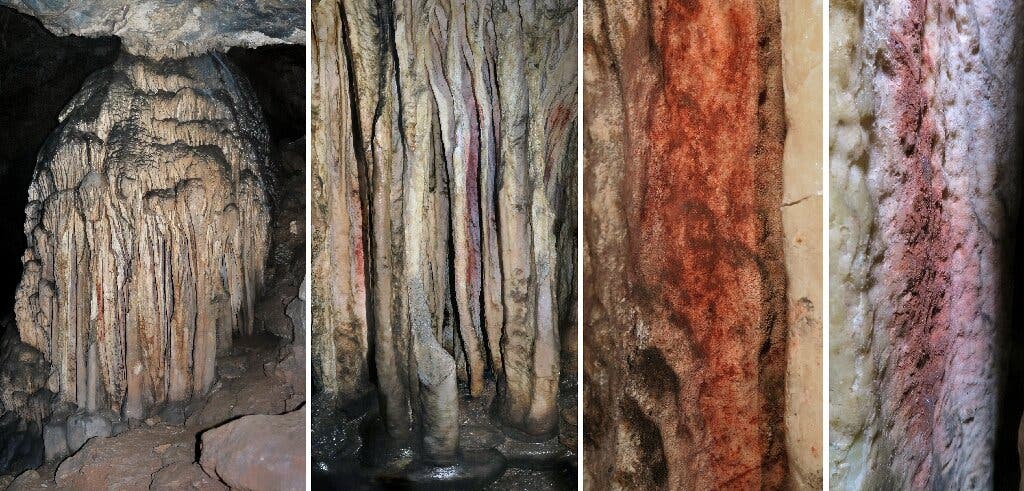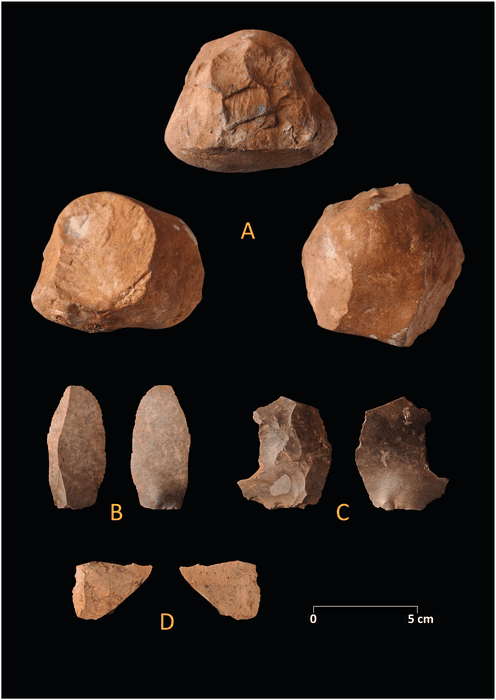The Cave of Ardales (Cueva de Ardales) in south Spain took the world of anthropology by storm a few years ago, when a team of researchers claimed the cave contained the oldest man-made paintings, dated to some 64,800 years ago. The cave paintings were likely made by Neanderthals, and they stirred some controversy, with some researchers claiming that these were naturally occurring pigments, an opinion which seems to have fallen out of favor recently.
Now, a new study sheds new light on the cave, suggesting that it may have been used as a burial place for over 50,000 years, mostly by Neanderthals, but also, sporadically, by Homo sapiens.

The cave features over a thousand paintings and engravings, as well as numerous artifacts and human remains. It measures almost a mile (1.57 km) on two levels connected with each other. It features over 1,000 paintings and engravings, and while these are not nearly as complex as some made by prehistoric modern humans (such as those found in the Chauvet-Pont d’Arc cave of France, which are some 30,000 years old), they show that Neanderthals were far from the simple brutes they were long portrayed as. They also hint that there may be plenty more ancient cave paintings just waiting to be discovered.
The paintings, which feature stenciled hands, dots, and fingertips, are not the only interesting thing about the cave, either. Researchers have just recently been thoroughly exploring some of the remains and objects found in the cave, trying to date them.

Results suggest that the cave’s first inhabitants came in around 65,000 years ago — and they must have been Neanderthals, because humans only arrived later, some 35,000 years ago. Also, the cave wasn’t just used on occasion, it was used systematically.
“The quantity and nature of materials found during the excavations indicate that Cueva de Ardales was not a campsite, but was mainly visited to carry out non-domestic tasks, such as the production of rock art or the burial of the dead,” the researchers write in the study.

The cave has been known for some 200 years, but its occupation history is only now being uncovered. According to the researchers, it was a space linked to art and spirituality, but its meaning is still being explored. The cave must have played a key role in the belief systems of some Neanderthal communities — but what exactly that belief system was is yet to be uncovered.
The study was published in PLoS ONE.
Was this helpful?



